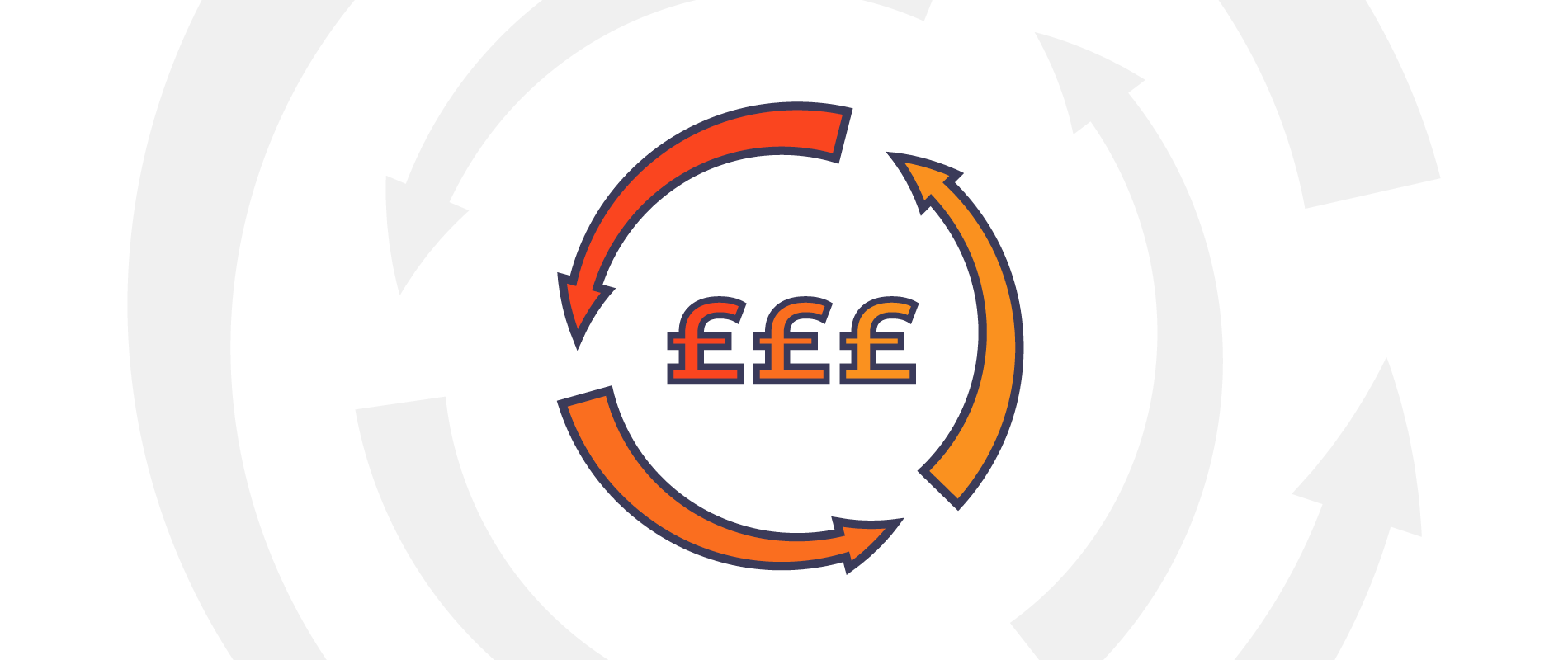The software industry is projected to be worth in excess of $130 billion by the end of 2020; new tools and platforms are being developed to address demand. There seems to be a software product to help with most problems, usually with the benefit to save time, save money, increase productivity and profitability.
So it’s no surprise that the SaaS industry is booming. And, with that, SaaS Sales methods and processes are evolving.
Models and Processes
Sales models and sales processes can be easily confused, they’re really the same thing, aren’t they?
No, they aren’t.
Sales process = the steps taken to convert a lead into a sale
Sales model = a company’s approach to sales and what they sell
The sales process is a well-defined set of steps taken by those responsible for acquiring new business. The ideal scenario would be > inbound lead > connect call > exploratory call/meeting > proposal > client. If you work in sales you will know this is not always the case, I have been guilty of deviating away from these defined steps; it didn’t help anyone involved and those steps had to be revisited. Lesson learnt! Naturally, there will be obstacles and blockers that can’t be helped, frustrating as it is from a sales rep’s position. If the sales process is rigorously followed EVERY TIME there is a higher chance of success.
A sales model takes on different forms, depending on what product and services are being sold. As SpotDev are a SaaS growth agency, let’s look at SaaS products; they are hosted, secured and managed online by a business for businesses or individuals.
Reps need to know the software inside out and recognise how its features can benefit their prospects and solve their problems.
These are the most popular SaaS sales models:
Self-service - customers subscribe online, rarely need to talk to anyone in person about the product, and it is usually low cost. Because of this, the process must be streamlined and customers must be able to onboard easily. So how is this product sold? Focus should be on making sure the product does what it needs to do for the customer, there is very little sales input or involvement, interaction is driven by automation. A model used by companies such as Dropbox.
Transactional - More complex, higher cost. Sales reps are involved as usually the prospect will need to speak to someone about the product, although this may be further along in the sales process. Interactions should be swift due to the higher volume of sales. The prospect needs reassurance that the product will solve their issues and need someone to help them with onboarding. Ongoing, an account management approach is adopted with a view for retention and up-selling in the future. A robust CRM system such as HubSpot will help the account managers and sales team keep on top of their contacts and activity.
Enterprise - High ticket pricing, B2B sales, several touchpoints; a long, considered purchase, the prospect will be researching and looking at various options. Decisions can take a long time and several people at board level are involved. The sales rep will target a specific industry and buyer persona and, with marketing support, will have the content needed for nurturing. They will develop a relationship with the prospect, digging into their challenges and pain points and offering helpful solutions. Often an enterprise sale requires a shift in a company’s procedures so therefore involves careful consideration before purchase. Netsuite offers an ERP system; when integrated it allows a business to streamline processes and go from manual to automated tasks.
This is possibly the most frustrating sales model because of its length and potential hurdles and pitfalls, but the most rewarding when the prospect becomes a client. The relationship with the client will be long term and mutually beneficial.
One common theme throughout all of these is that a SaaS company’s website must have relevant content designed to engage the audience, generate leads and increase conversions. A visitor wants to be educated, to be helped to make a purchasing decision.
What are you doing right now?
Do your sales process and sales model work well together to produce the results you need? Strategies always need assessing and revisiting to make sure they are on track – and if not, why not? What isn’t working?
A good place to start is to work out where you are right now, in terms of revenue and client numbers, where you want to be and by when.
What activity is going on? What is working and what needs improving? If you want to utilise your website to generate inbound leads then take a look at current activity – traffic, leads, conversions. What needs to increase? Is it volume or quality, or both?
From this you can work out where the focus needs to be to help boost your sales efforts and who is responsible – marketing feature heavily here too. It’s vital for sales and marketing teams to align.
We’ve found that a mapped out sales plan with well-defined metrics is key to growing our agency. Because we love to share, here is our SaaS Sales Planner that can help you do the same.
GENERATE MORE LEADS WITH FOCUSSED ACTIVITIES
Discover if you need traffic, leads or optimised conversion pathways
Stay Updated with Our Latest Insights
Get expert HubSpot tips and integration strategies delivered to your inbox.



